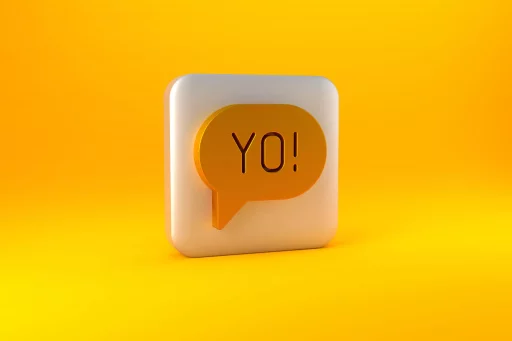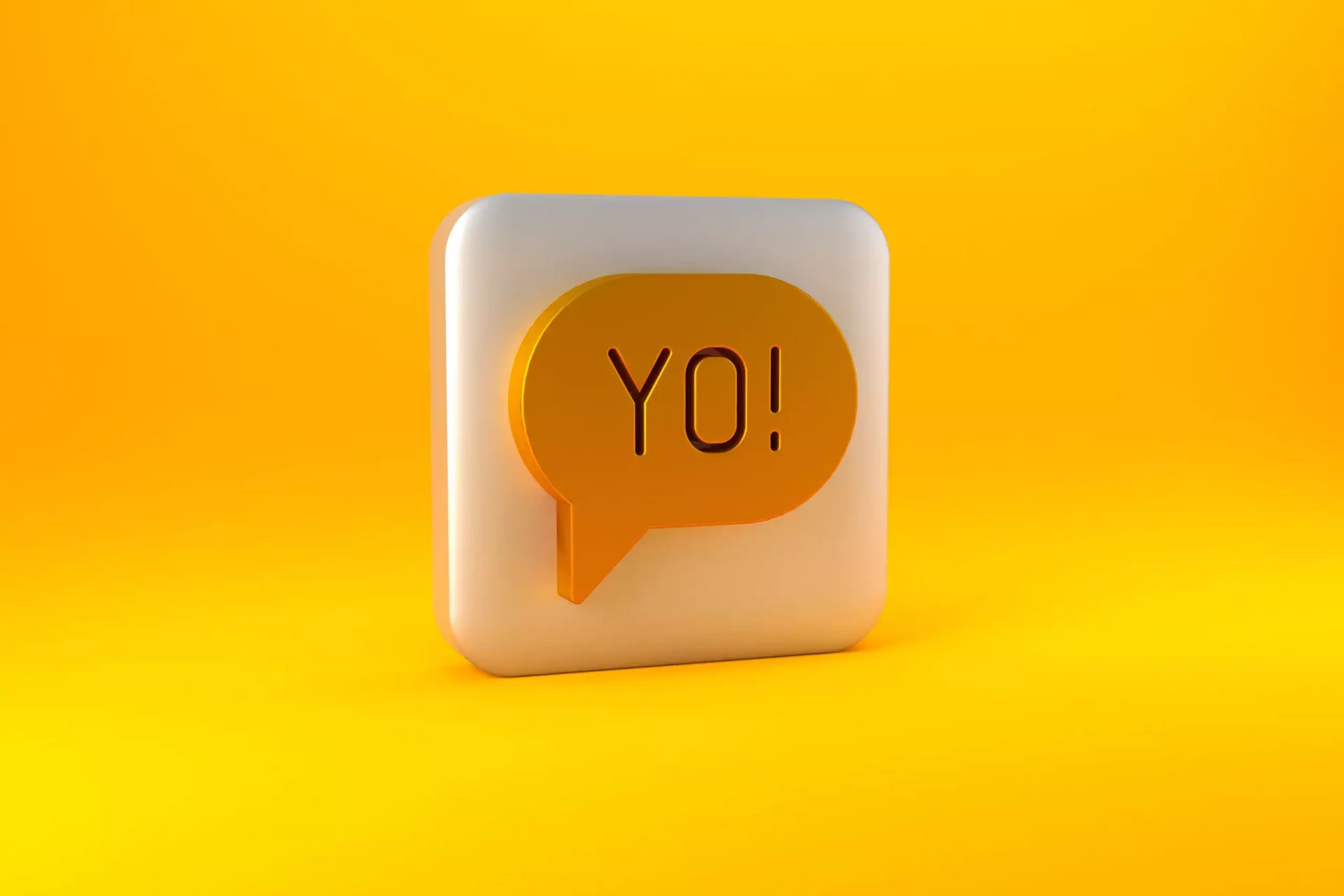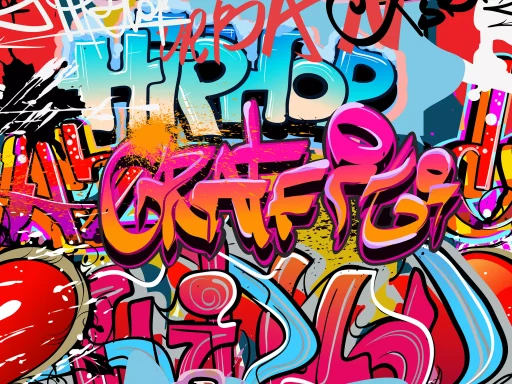Introduction to SMS
SMS, short for Short Message Service, is a text messaging service component of most telephone, Internet, and mobile device systems. While SMS is often used interchangeably with ‘texting’, it represents one of the oldest and most reliable forms of communication in the digital age.
The Evolution of SMS
Initially created in the 1980s, SMS was designed for sending brief messages between mobile phones. The technology quickly gained popularity, leading mobile phone users to communicate in new, concise ways. Nowadays, SMS has become an integral part of our communications, with millions of messages sent daily.
How SMS Works
SMS allows users to send messages up to 160 characters long, including letters, numbers, punctuation, and special characters. The process works through the following steps:
- The sender composes a message on their mobile device.
- The message is transmitted via the mobile network to a Short Message Service Center (SMSC).
- The SMSC forwards the message to the recipient’s device.
- The recipient receives the message almost instantly, provided both devices are within network coverage.
Examples and Usage
SMS has found applications beyond casual texting. Here are a few examples:
- Personal Communication: Friends and family often use SMS for quick updates or casual chats.
- Business Notifications: Many companies utilize SMS to send alerts, reminders, or confirmation messages related to appointments and transactions.
- Two-Factor Authentication: SMS is a common method for delivering one-time passwords (OTPs) as part of security measures for online services.
Impact of SMS on Communication
According to a report from Statista, the number of global SMS users was approximately 5.2 billion in 2020, indicating the vast reach of this messaging service. This number is expected to grow as mobile technology continues to expand globally. Here are some statistics illustrating the impact of SMS:
- Response Rates: SMS messages have a response rate of around 45%, making them highly effective for engagements.
- Speed: Text messages are typically read within 3 minutes of being sent, emphasizing their immediacy.
- Open Rates: 98% of SMS messages are opened, compared to just 20% of emails.
Case Studies
Several businesses have harnessed the power of SMS to enhance their operations:
- Delta Airlines: By utilizing SMS notifications for flight updates, they improved customer satisfaction and reduced the volume of incoming inquiries.
- Domino’s Pizza: The company allows customers to order pizzas via SMS, streamlining the ordering process and increasing sales.
- Fandango: They send SMS reminders for movie tickets, enhancing customer engagement and reducing no-show rates significantly.
Challenges and Limitations of SMS
Despite its widespread use, SMS is not without its drawbacks:
- Character Limit: The 160-character maximum can feel restrictive for those who wish to send more extensive messages.
- Cost: Many mobile operators charge for SMS, depending on the user’s plan, which could deter unlimited use.
- Privacy Concerns: There’s an increasing concern about the security of text messages, especially in sensitive contexts.
The Future of SMS
With the rise of instant messaging apps, one might wonder about the future of SMS. However, as seen in various industries, SMS remains relevant. For instance, SMS marketing is projected to grow significantly as businesses adapt to reach customers directly. With 5G technology on the horizon, the speed and reliability of SMS could improve further, allowing for innovative use cases.
Conclusion
In conclusion, SMS is not merely a relic of the past; it is a robust communication tool that continues to adapt and thrive in today’s digital landscape. Understanding its significance and applications can help individuals and businesses leverage this technology effectively.






